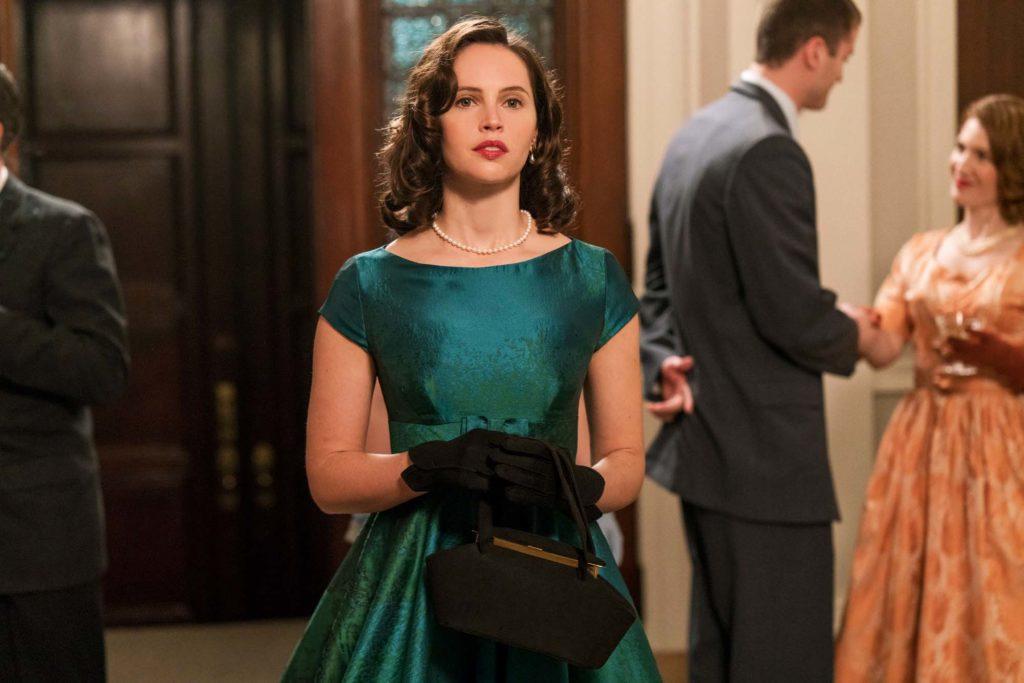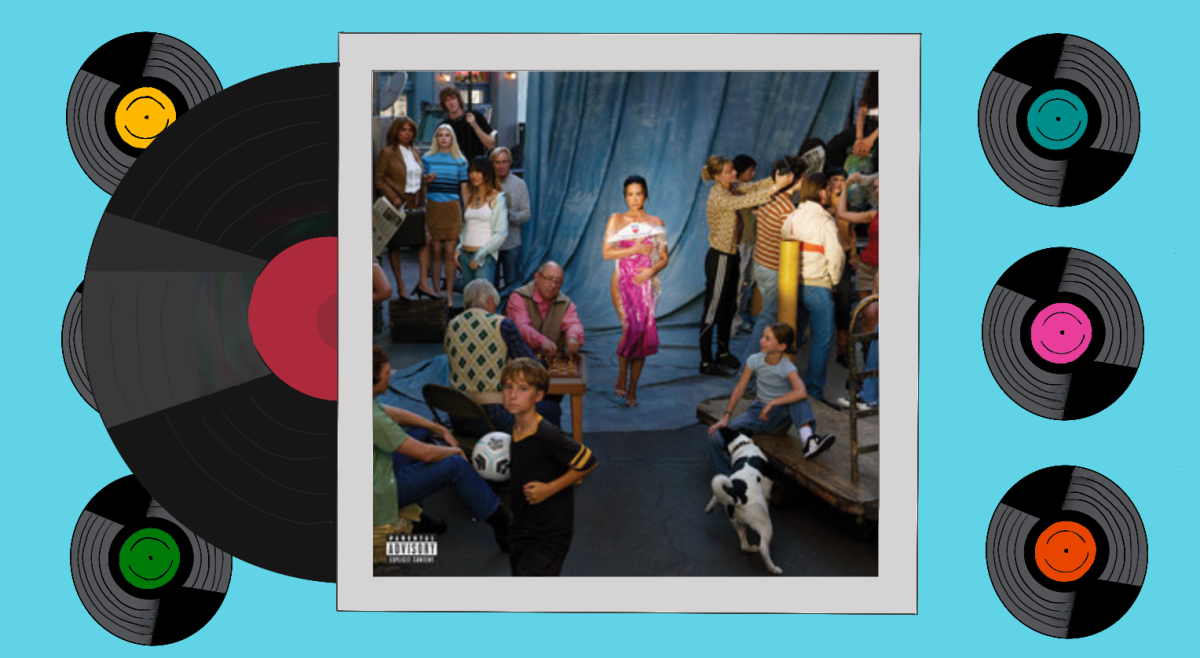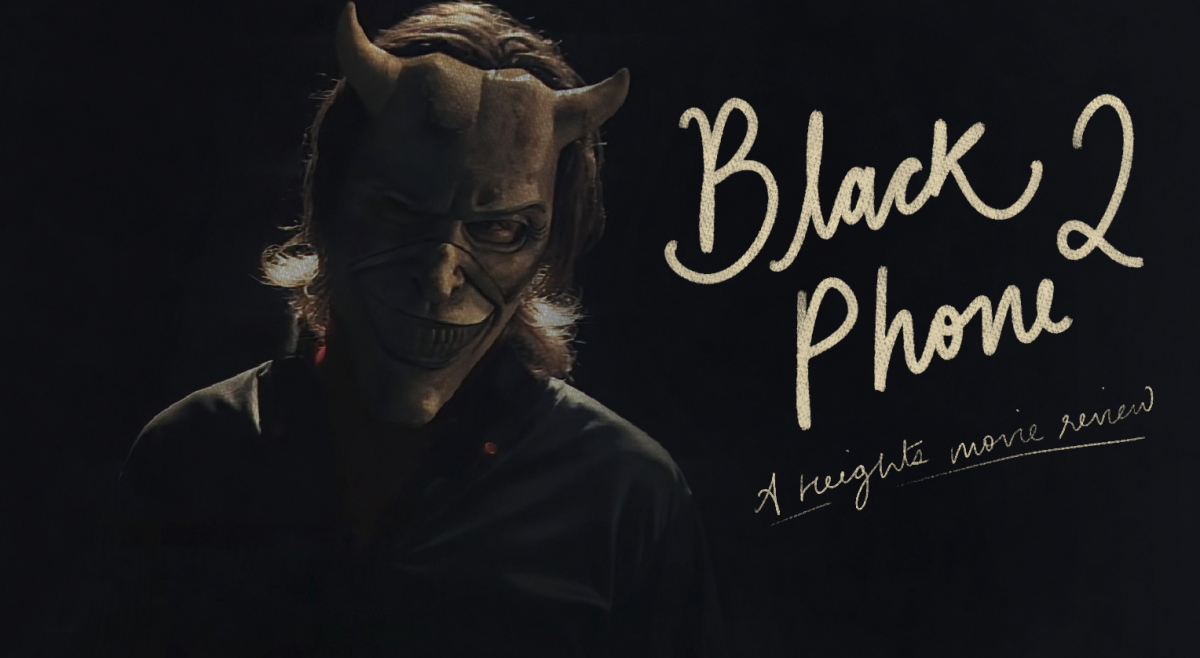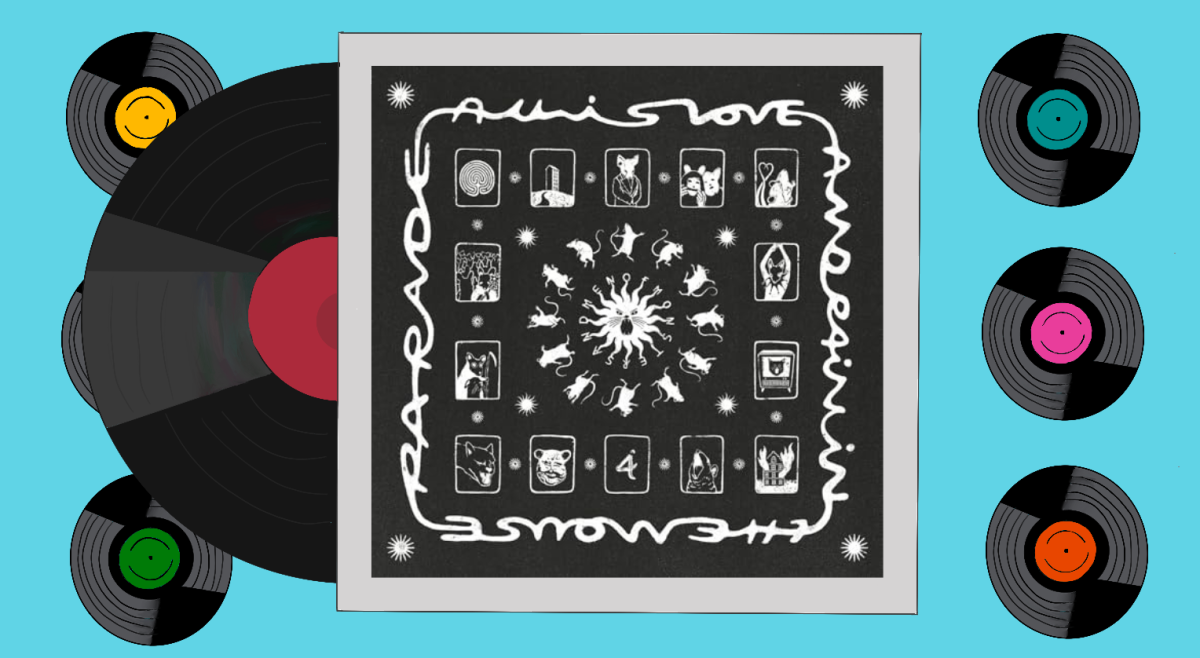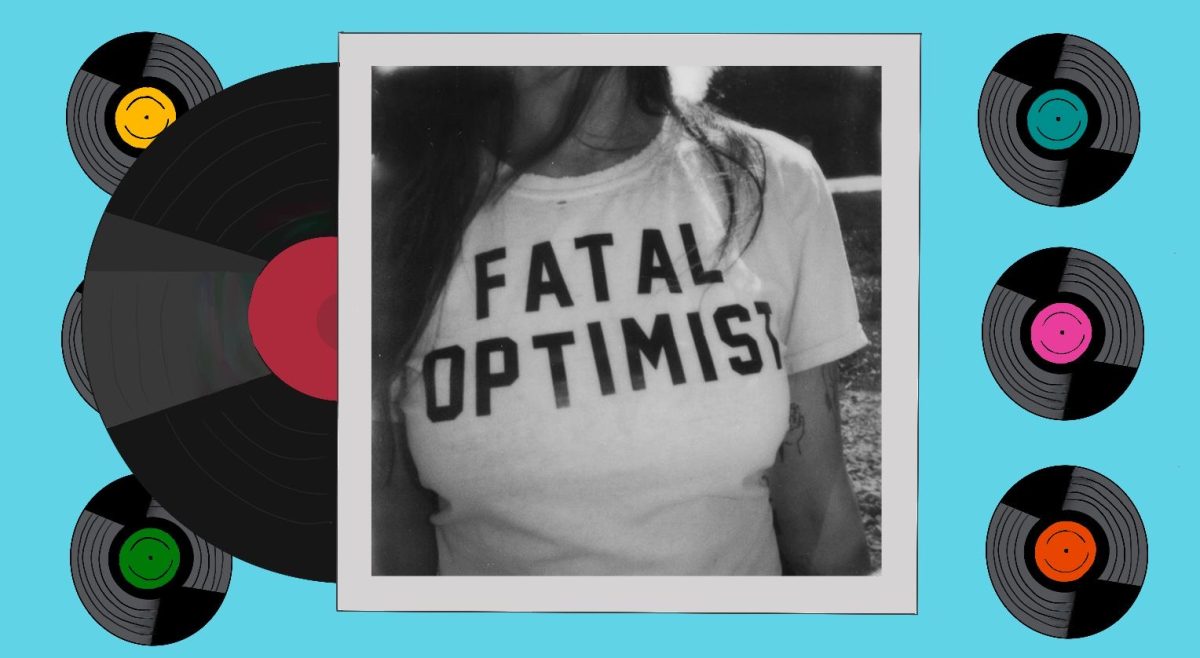
On the Basis of Sex begins as the Harvard fight song, “Ten Thousand Men of Harvard,” blasts a cacophony of voices—a chorus sung entirely by Harvard men. A parade of black and navy suits march forward, not a single person out of step, out of place, but then a flash of blue disrupts the order. Climbing the steps to a Harvard building is Ruth Bader Ginsburg (Felicity Jones) in a bright, powder blue skirt-suit combo, a very deliberate costume choice. She sticks out like a sore thumb among all the black and navy, among all the men, but fervor and a curious smile illuminate her face.
Jones doesn’t play the Ginsburg we know today. She plays young Ginsburg, a woman filled with an unrelenting wish for justice and an affinity for gender law. The film tells the story of Ginsburg’s personal fight against gender discrimination, and her first fight in court to defend equal rights for women.
While attending Harvard, Ginsburg faces extreme prejudice. The very first sign of this coming from the dean himself, a man who fought to enroll women in Harvard. While the nine admitted women dine with the dean, he makes a point to inquire why each of them deserve their spots when they could—implying they should—have gone to men. Jumping ahead to the ’70s, Ginsburg still finds herself facing discrimination in New York while trying to secure a job at a law firm.
Justice will have to wait. Ginsburg takes up a teaching profession, but even here, we see her shining at what she knows best. While teaching her course on sex discrimination and the law, she encourages her female students, intentionally calling on them over the few men in the room. Where Ginsburg was the sole female in her white-washed classes at Harvard, we see the opposite case here: Women of all races control the classroom.
Jones’ portrayal grips viewers. Throughout the film, the audience is constantly rooting for Ginsburg, sharing her frustrations. In many scenes that depict gender discrimination, the audience is just as shocked as she is, but when she slips in a sarcastic comment, the audience is infinitely prouder—even more so when she and her husband Marty (Armie Hammer) take on a case of gender discrimination. The law assumes a caregiver must be a woman to qualify for tax reductions, yet in this case, the caregiver is a man. So begins the fight, one that is not remiss of disbelievers, antagonists, and a slew of supporters.
“You will lose and when you do, you will set the women’s movement back 10 years,” mansplains Mel Wolfe (Justin Theroux). In some sense, Wolfe’s actually right. Ginsburg doesn’t get to make mistakes with this case. Although she’s trailblazing the way for women, she’s also unfairly tasked with representing all women.
“If the law differentiates on the basis of sex then how will men and women ever become equal?”
Ginsburg constantly circles back to this question—when she’s lecturing during her class, when she’s putting together her arguments for her case, and finally when she defends her client in court. But the same could be said about culture: If culture differentiates on the basis of sex then how will men and women ever become equal? Law changed but that doesn’t mean assumptions about gender changed. Many of the gender assumptions raised in this film still remain prevalent today.
Men were considered better at math back then and still dominate the field of mathematics today. Women are still regarded as the primary caregivers, while men are the breadwinners for their families. Even harassment works its way into the film, in the form of a catcalling scene in which derogatory terms are directed at Ginsburg and her daughter Jane (Cailee Spaeny). Law changed, but the film consequently leads audiences to question whether gender discrimination, in the form of internal bias and assumption, still divides men and women today.
Just like the opening scene, the audience sees vibrant blue again at the end of the film. As Ginsburg climbs the steps of a government building, the camera circles her until she falls out of shot, only to appear again a second later. Only this time, we see a present-day Ginsburg, dressed in an entirely blue ensemble. In this scene, we see her embarking on her career as a lawyer, then as a U.S. Supreme Court justice. Ginsburg stands ready—she stands because she knows her fight isn’t over yet.
Featured Image by Focus Features

